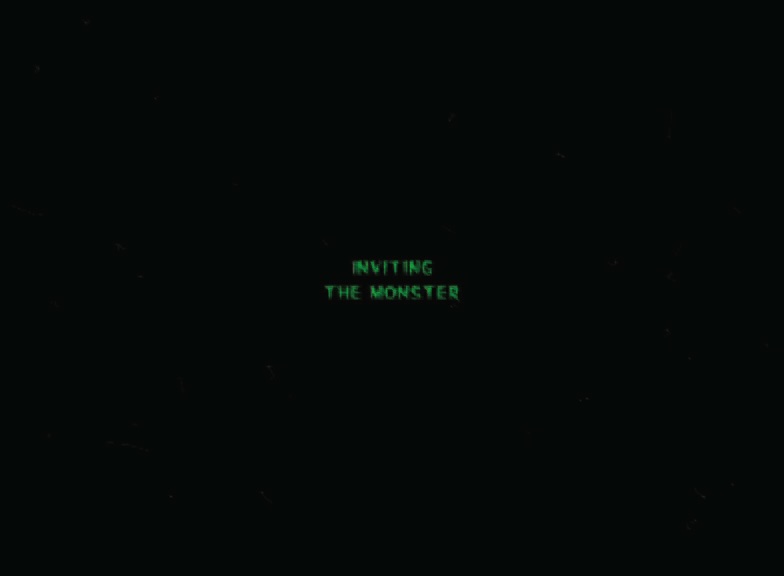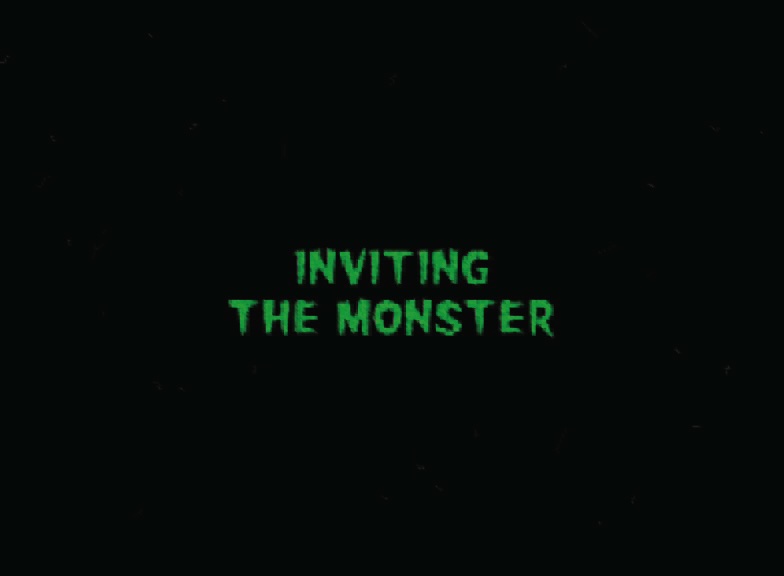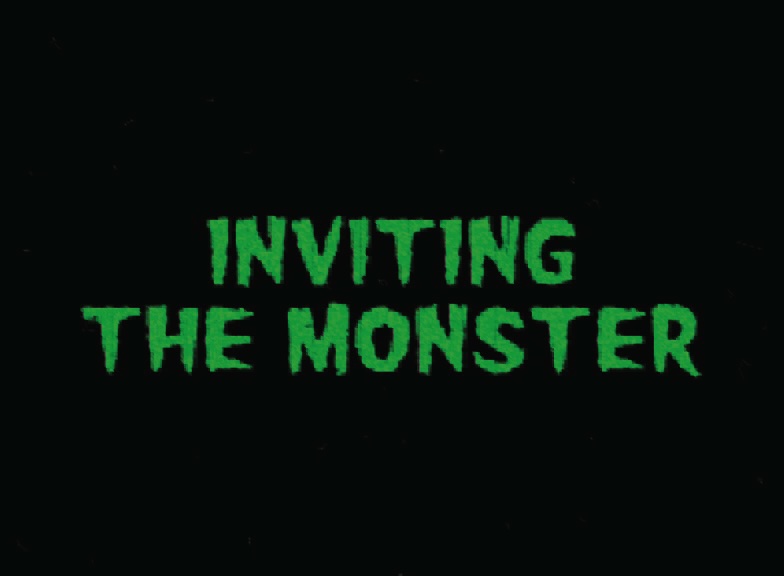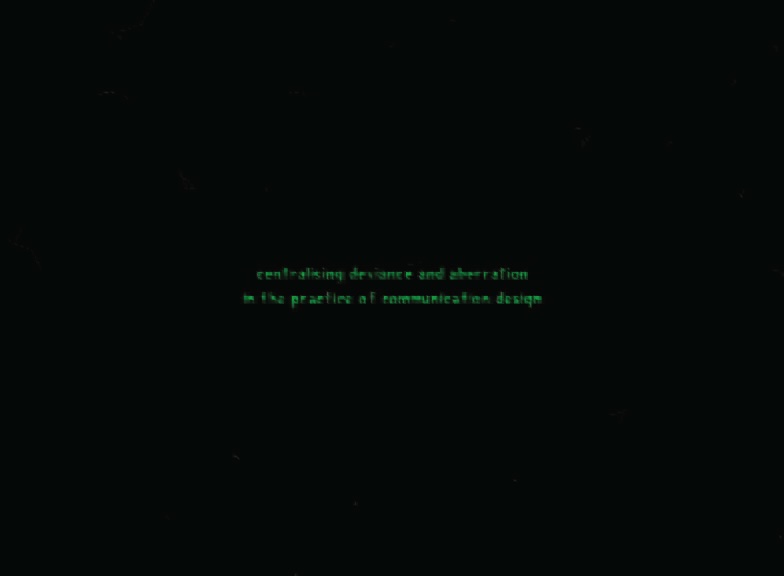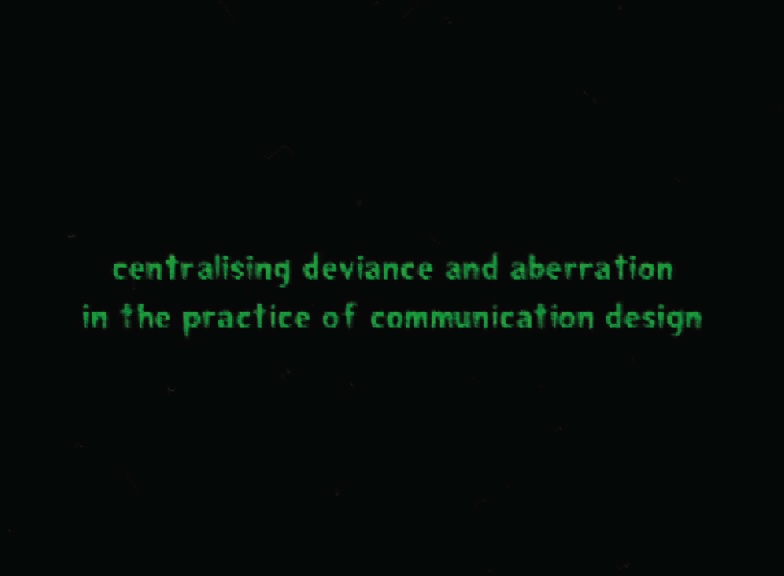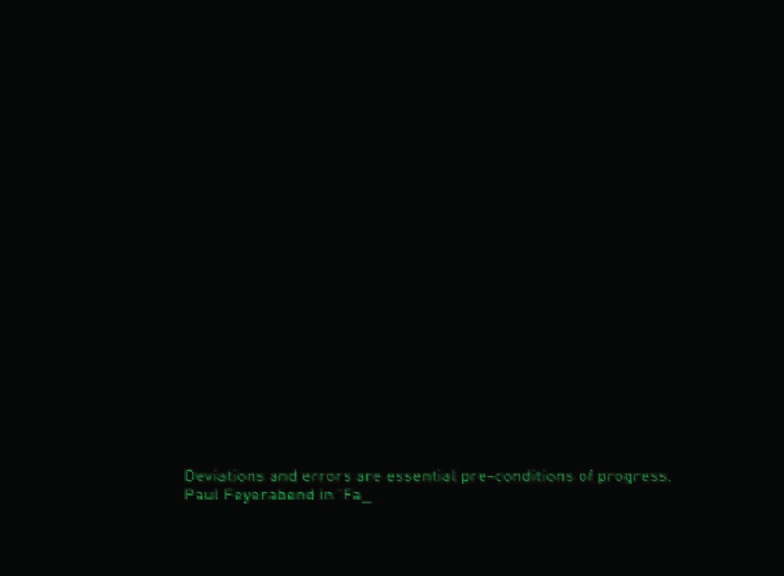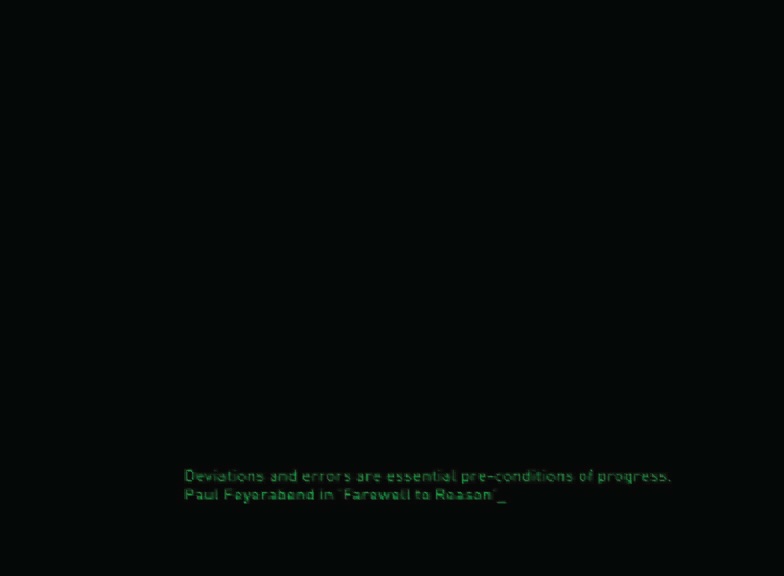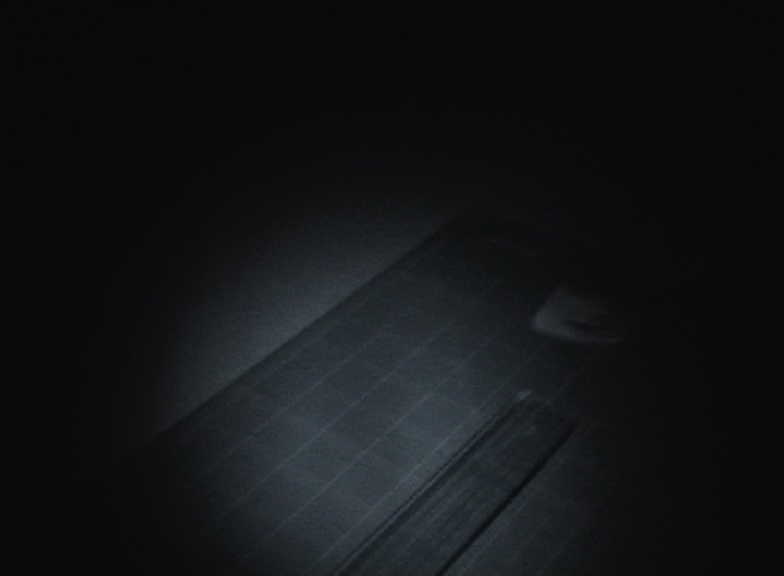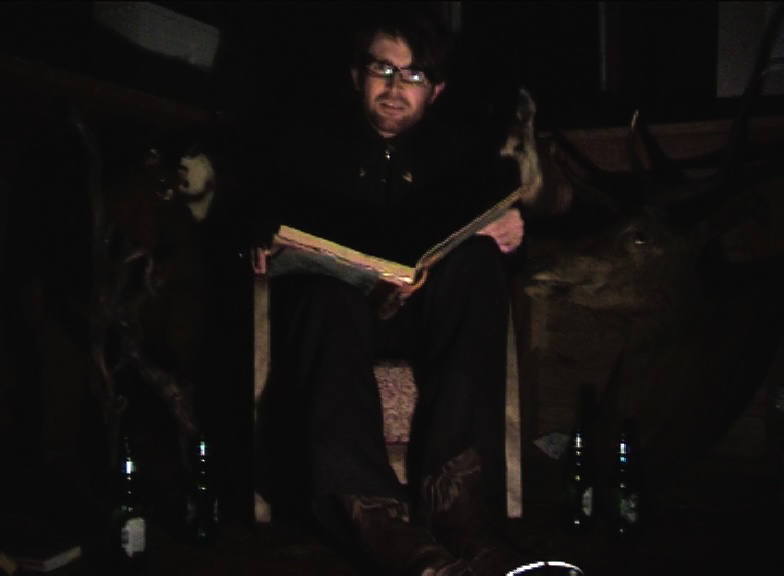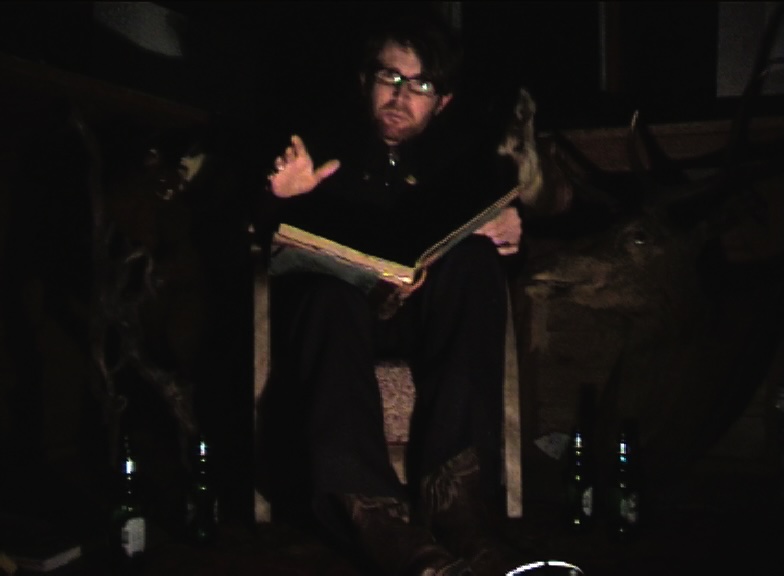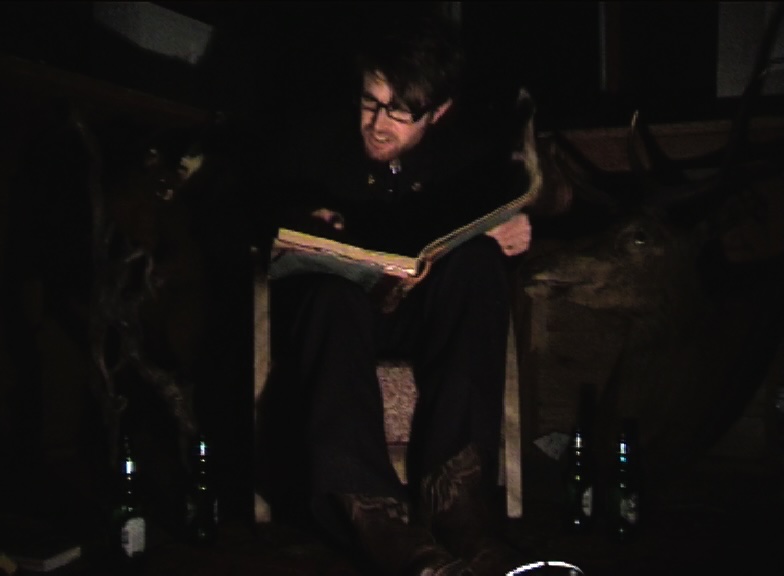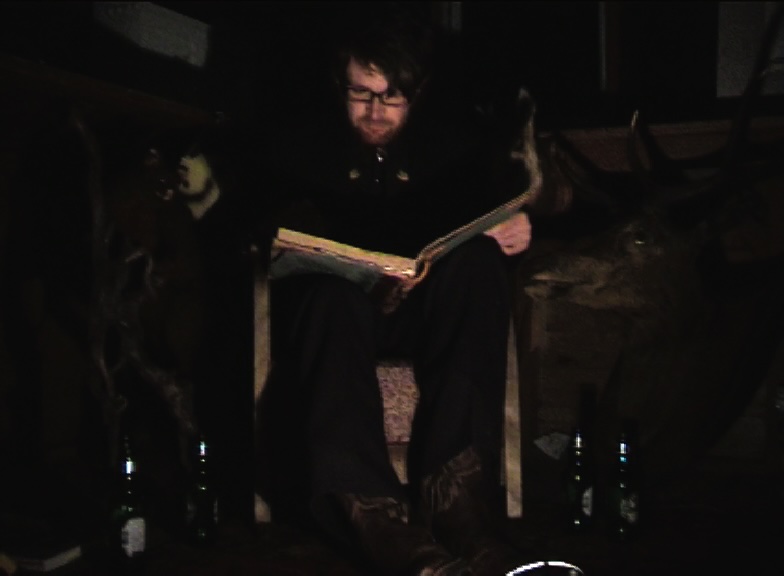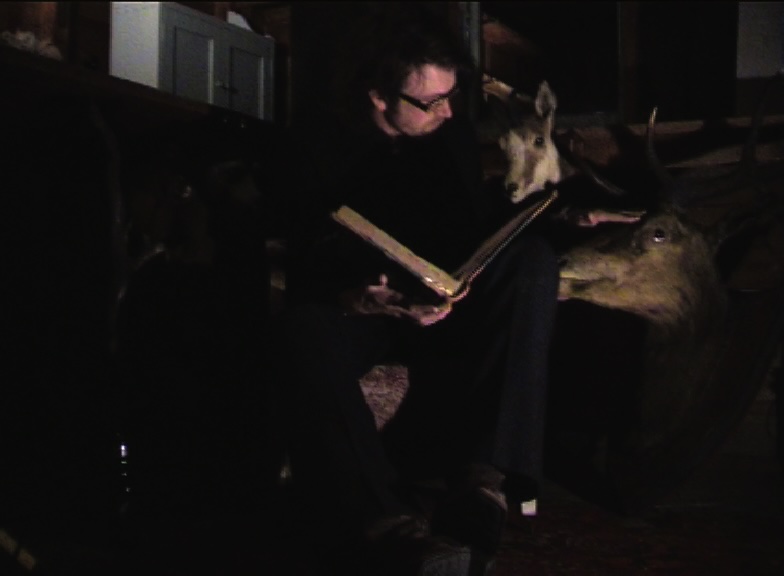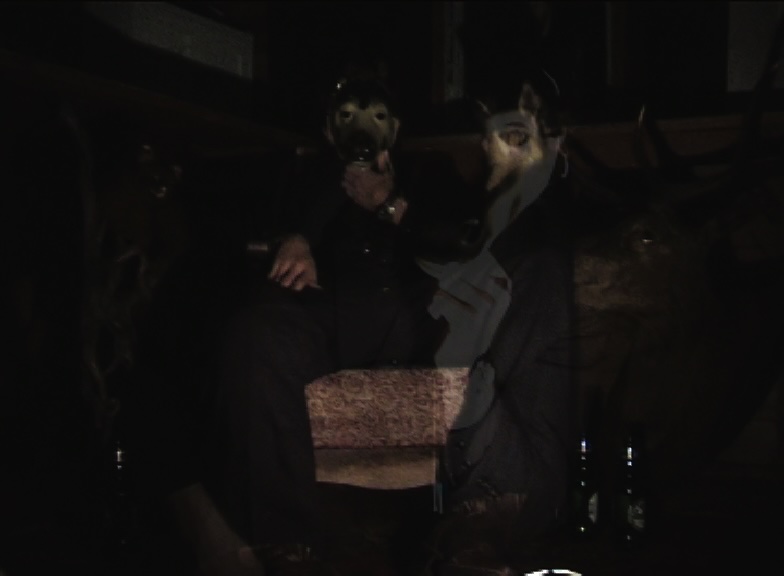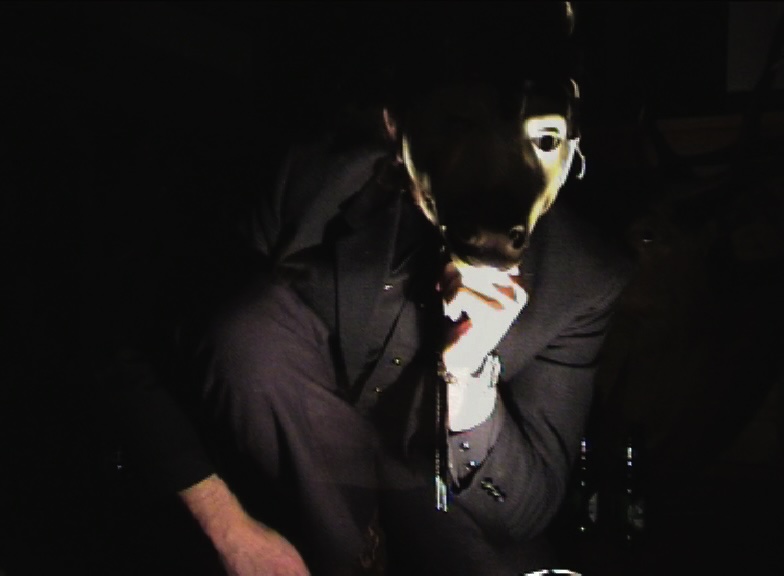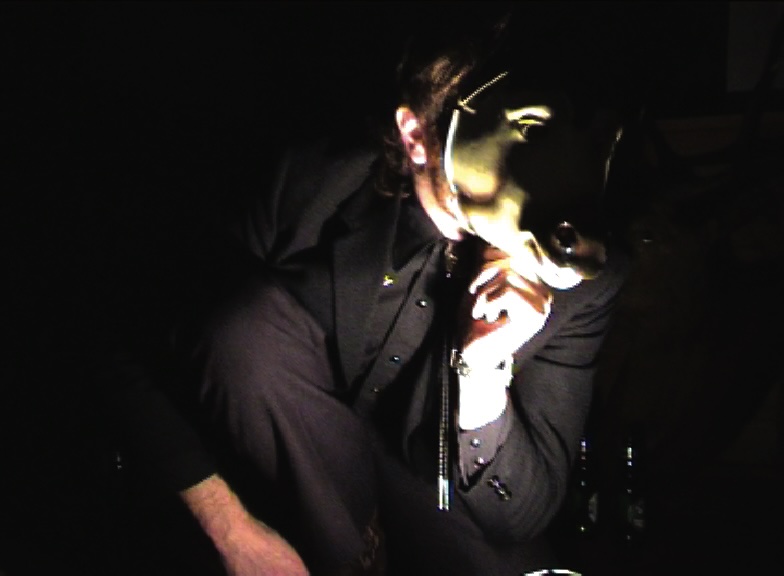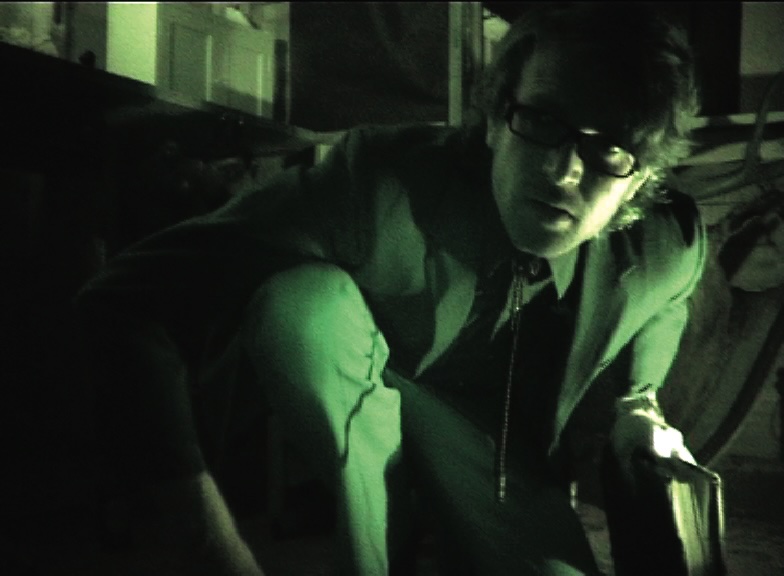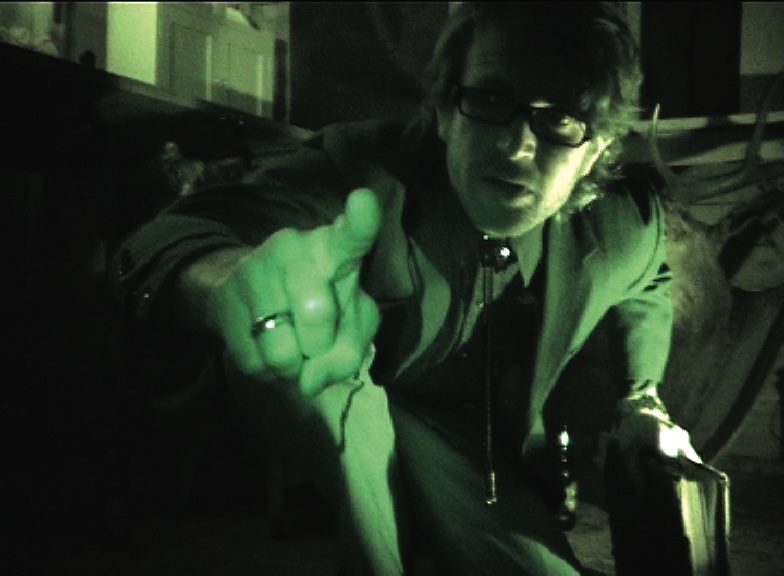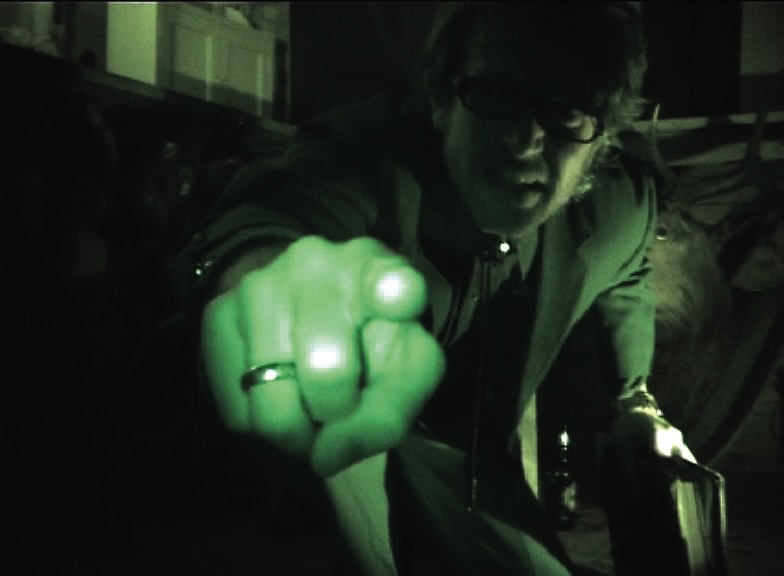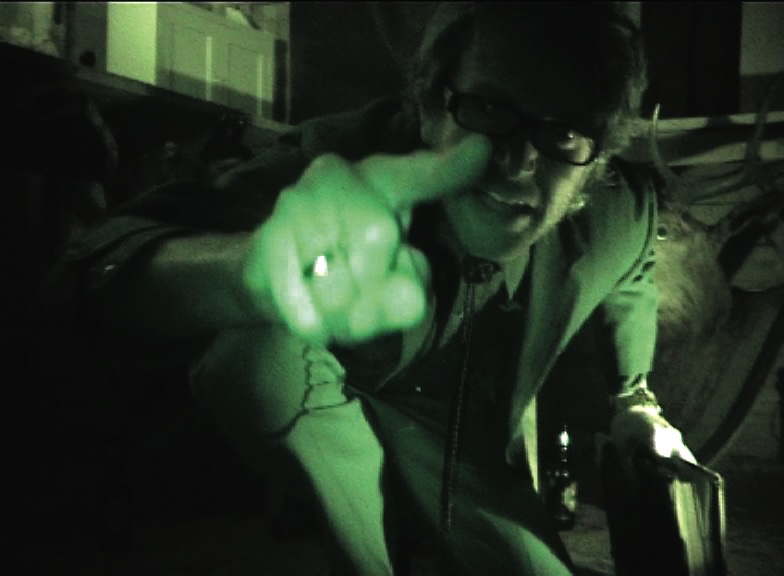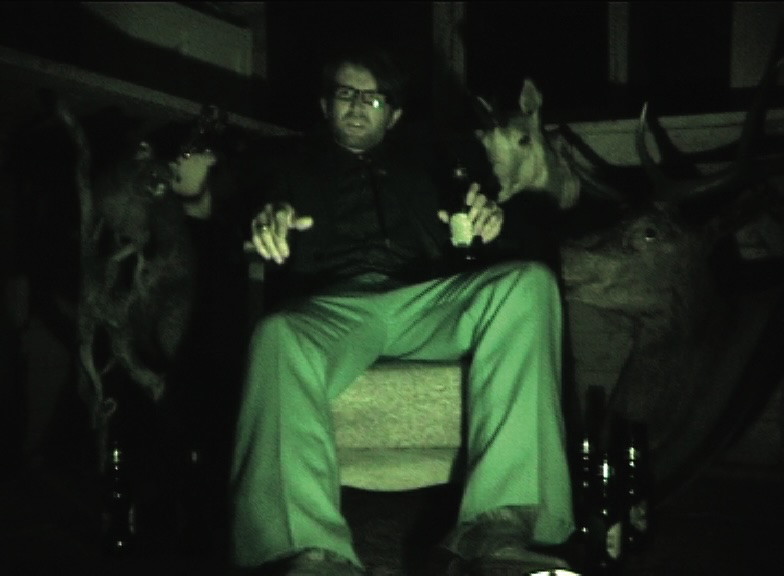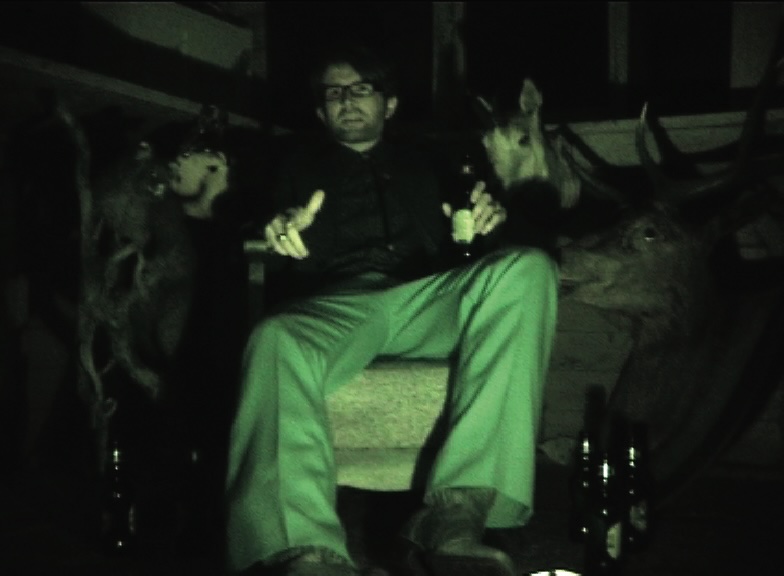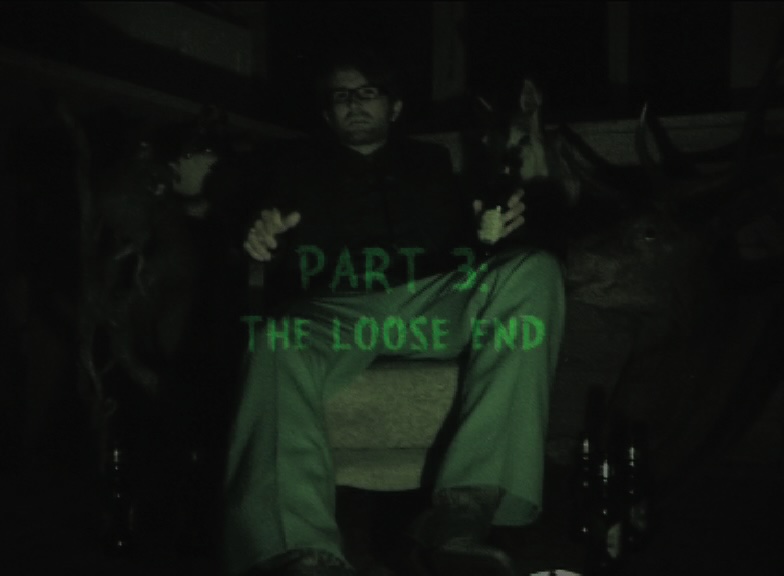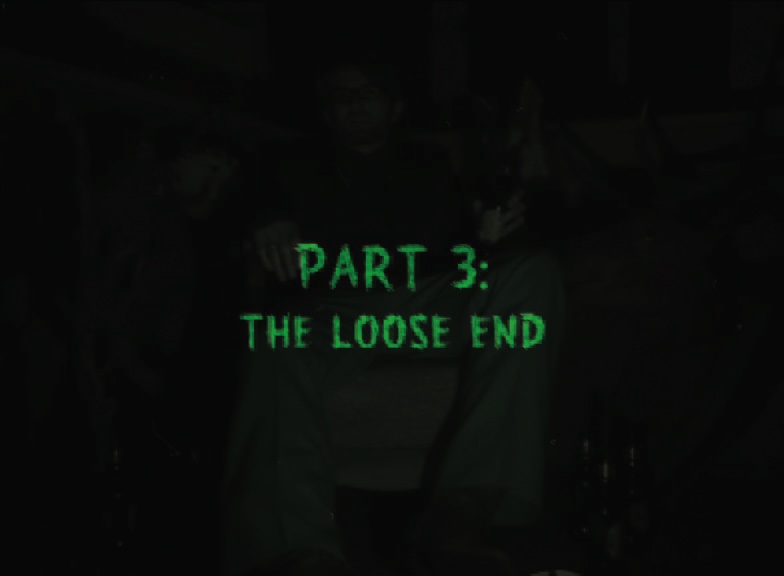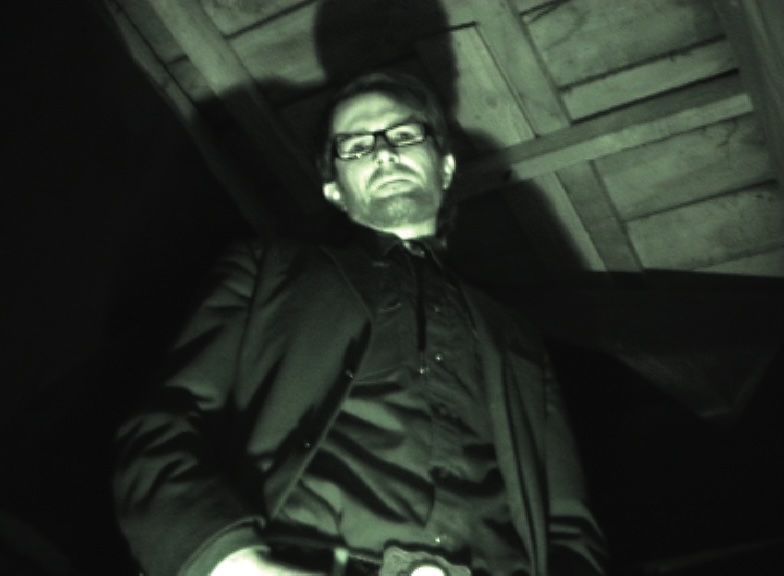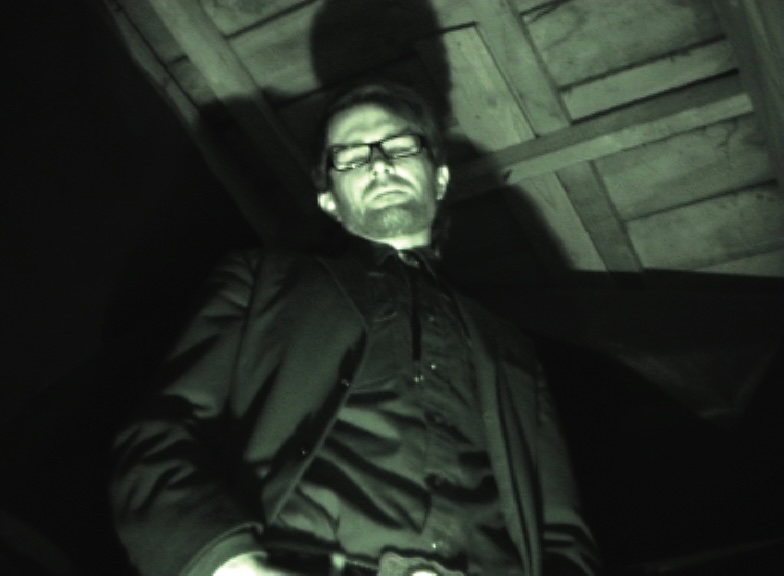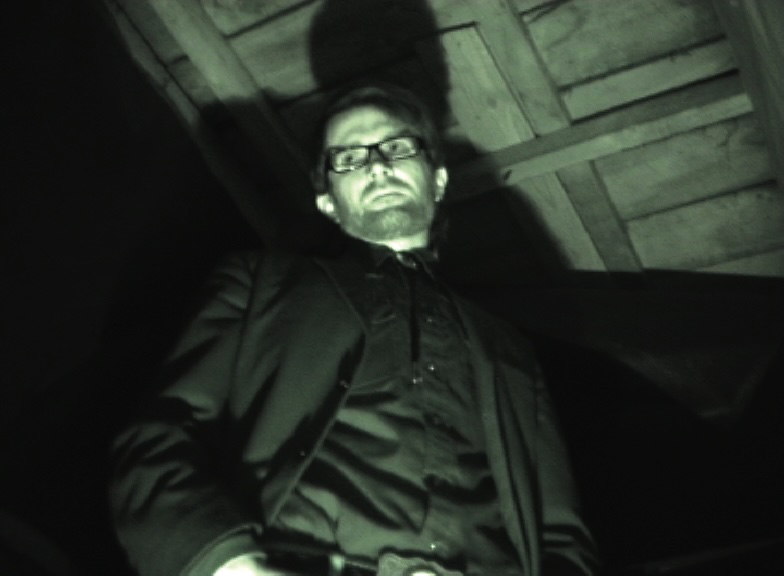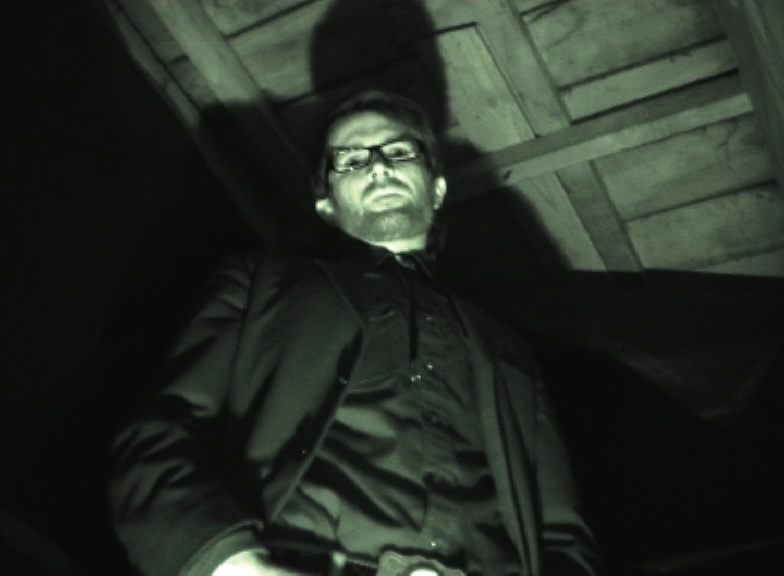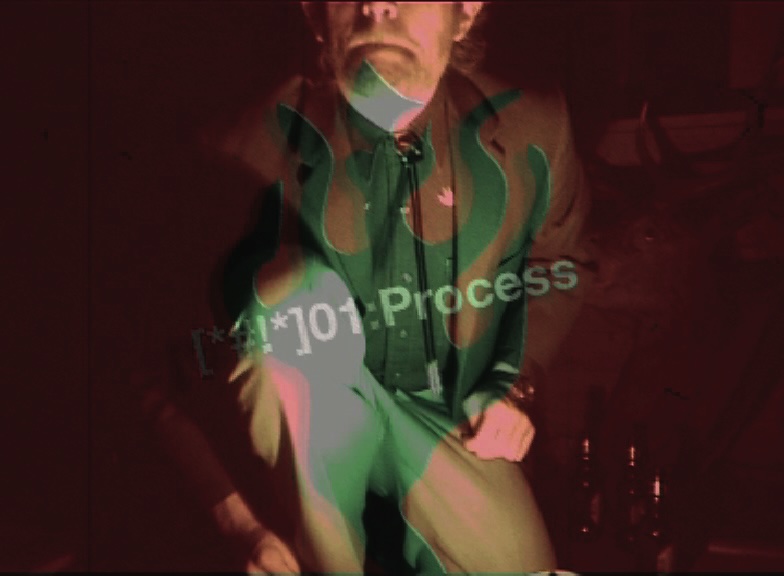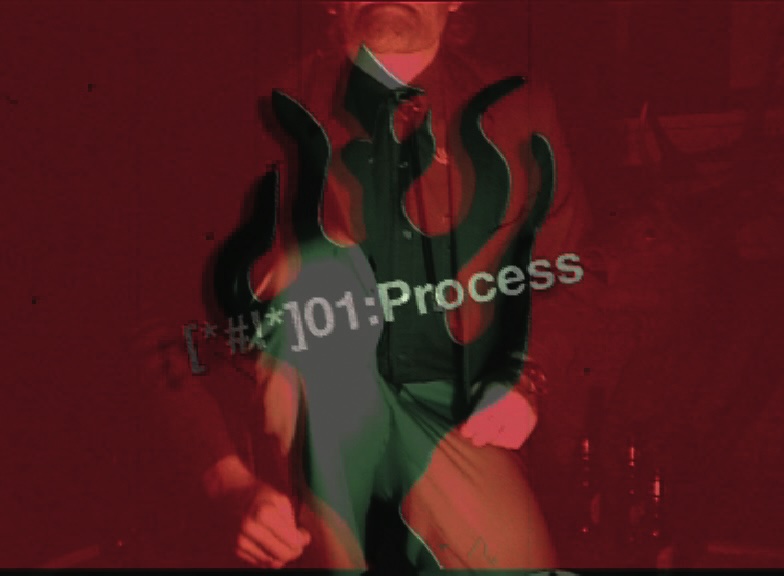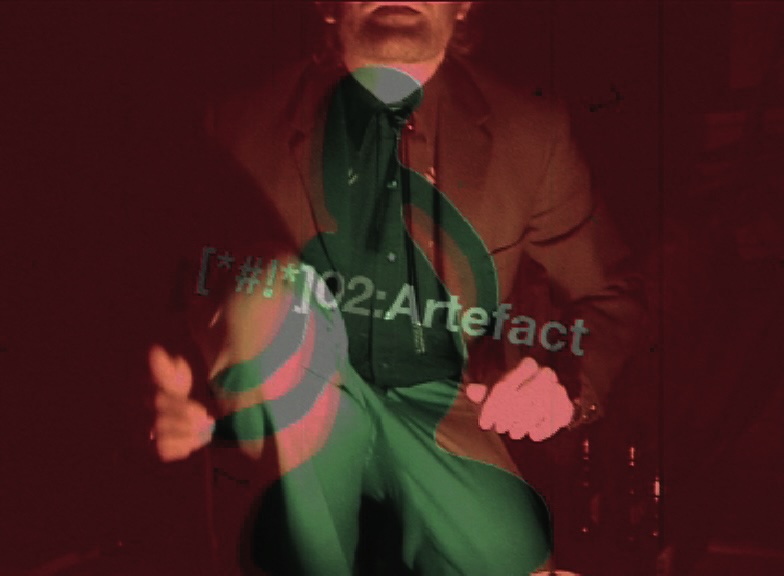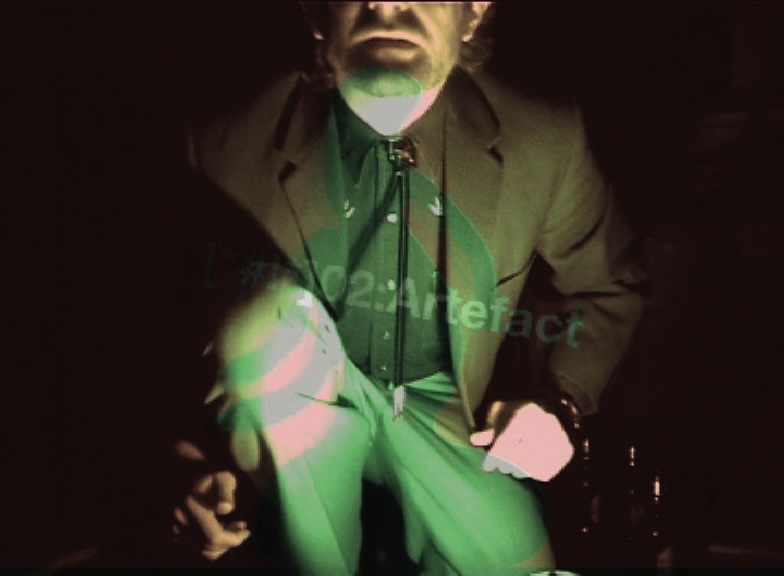Hot Rod Biology (August 2005) – The Rev. Holden Gunn

the
FIRST
MANIFESTOS FOR MONSTROSITY
The Monster is an interruption, a catalyst for a mutation in pattern—a hybrid moment, a random interjection, a flaw, a fright. Our meeting with the Monster should leave us changed—our habits and our expectations dislocated and torn. In creating a Monster we seek the excitement, risk and fear of the unknown!
For the nostalgic practitioner, suffering from a potentially fatal disease, venturing into the unknown will inevitably mean some discomfort and fear. The maker of monsters will push their notion of themselves, dislocate their own ego, and ask “what if”…
Through the application of the following manifestos the practitioner undertakes to seek their own genetic deviation—the past bred with the present, the abnormal birth, the interrupted future. In reanimating these wretched shapes and forms from our collective but forgotten pasts, we seek new points of departure, new trajectories from the past!
Loose-ends, bad connections, the non-sequitur; the everyday transformed, the vernacular garbled, the familiar unfamiliar, the exotic menial, an irreverent mediocrity!
Zombie Manifesto
Part 1 [ARTEFACT]
[THE MONSTER ENGAGES THE AUDIENCE]
- The Zombie is an animated corpse, brain-dead, apathetic and mindless
- The Zombie craves and feeds on human brains (memories)
- However, the Zombie has little or no awareness of it’s surroundings, it has no subjective experience
- The Zombie is in-between dead and alive . . . in a state of suspended animation (finished/unfinished)
- The Zombie moves slowly, and is only effective in numbers
- The Zombie is nostalgic (the mall)
Part 2 [PROCESS]
[THE MONSTER ENGAGES THE PRACTITIONER]
- In creating the Zombie we dig up the past—like grave-robbers, we seek out that which has been forgotten, buried,or put aside
- Through the Zombie we explore rot and decay—we will be working backwards
- We devolve the artefact in an attempt explore the unfinished (the undead)
- The Zombie is entirely formal, in it’s making we care not for meaning, content, or context
- Create as many Zombies as you can, work on more than one at a time6. In reanimating these mindless shapes and forms from our collective but forgotten pasts—in devolving the corpse—we seek (re)generative methodologies; new and unexpected formal turns for the present
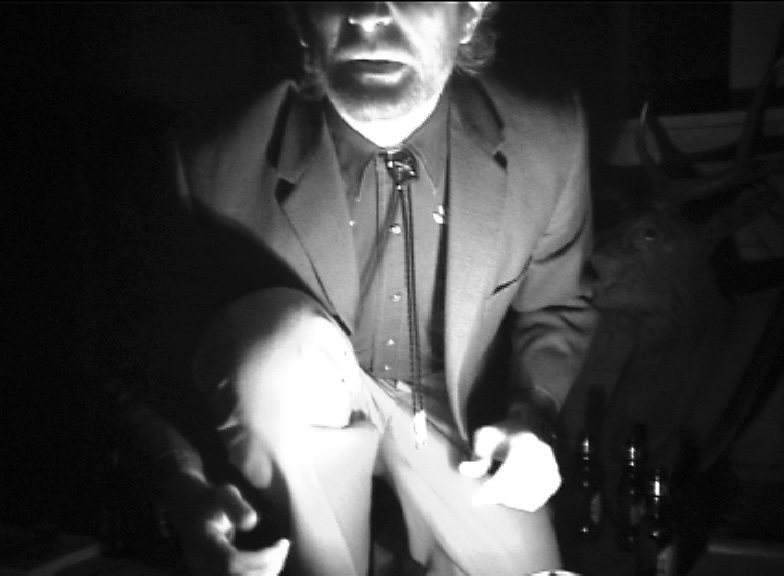
Frankenstein Manifesto
Part 1 [ARTEFACT]
[THE MONSTER ENGAGES THE AUDIENCE]
- The Monster is manufactured from stolen parts
- Any relationship between the parts will be largely accidental
- The monster is a hybrid being, confused and ugly
- The Monster is a non-sequitur
- The Monster is misunderstood
- At once strange and familiar, the Monster will offend our taxonomic urge
- The Monster is nostalgic
Part 2 [PROCESS]
[THE MONSTER ENGAGES THE PRACTITIONER]
- In making the Monster we seek new wholes from unrelated parts
- The parts, forgotten or discarded pieces, will come from disparate backgrounds
- The parts are familiar, the whole unfamiliar
- In making the Monster we seek to clash consequence
- We delight in making unexpected connections
- The Monster is assembled at speed, the connections and loose-ends left visible.
- In making the Monster we explore difference and prohibition
- In it’s becoming the Monster will question its maker’s own habits and beliefs
- In making the Monster we seek an evolutionary mutation in our practice through a process of hybridisation
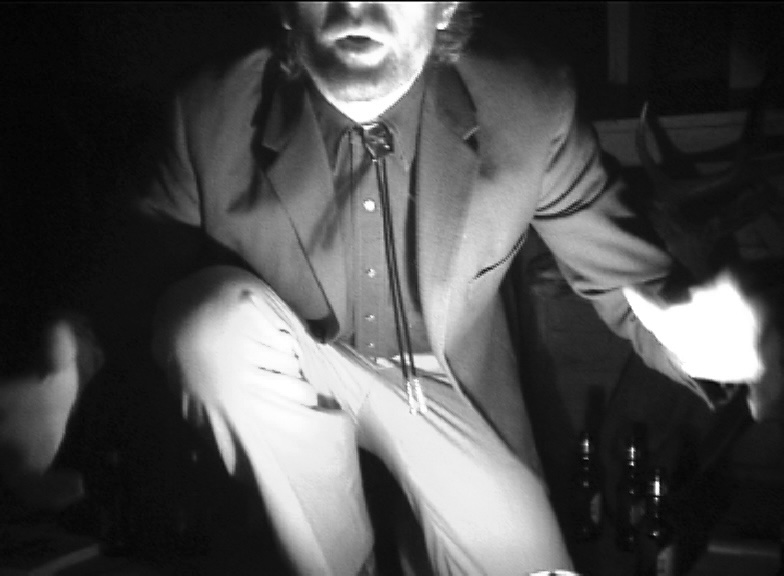
Werewolf Manifesto
Part 1 [ARTEFACT]
[THE MONSTER ENGAGES THE AUDIENCE]
- The Werewolf is a hybrid artefact that contains two distinct modes of being; one benign, the other threatening
- However, it must at all times be one or the other, never both at once (although one always resides in the other)
- The Werewolf changes systematically, being set off by certain specific triggers
- The Werewolf is torn between logic and instinct
- The Werewolf is nostalgic (primal instinct)
Part 2 [PROCESS]
[THE MONSTER ENGAGES THE PRACTITIONER]
- Through the Werewolf we switch systematically between being in and out of control
- We play with triggers for the switch/change, the full moon for example
- In creating the Werewolf we seek moments of incompatibility between the logical and the instinctual
- To explore paradox and duality
- Through the Werewolf we explore the potential of chance, mistake, failure and deviation
- We seek the horror and excitement of being momentarily out of control
Vampire Manifesto
Part 1 [ARTEFACT]
[THE MONSTER ENGAGES THE AUDIENCE]
- The Vampire is a parasite, it feeds on the blood of others
- The Vampire is beautiful, slick, compelling and seductive
- The Vampire only comes out at night
- The Vampire is manipulative
- The Vampire is never satisfi ed
- The Vampire casts no shadow and has no reflection (No past, no future . . . nothing behind, nothing beyond)
- The Vampire is nostalgic
Part 2 [PROCESS]
[THE MONSTER ENGAGES THE PRACTITIONER]
- To create a Vampire is to appropriate not the physical parts, or the body, but the essence
- In creating the Vampire we seek to revive the dead (the past) by inviting them feed on the blood of the living (the present)—it is a parasitic process
- The Vampire is a predominantly conceptual, as opposed to formal, monster
- The Vampire must however be beautifully crafted if it is to seduce and deceive
- To deceive ourselves
- Through the creation of Vampires we seek to contaminate the purity of our own practice
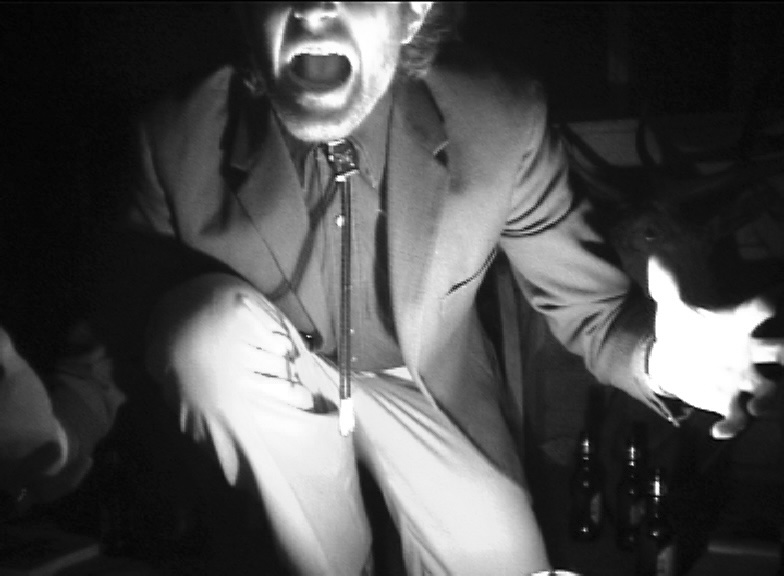
Alien Manifesto
Part 1 [ARTEFACT]
[THE MONSTER ENGAGES THE AUDIENCE]
- The Alien is in the wrong place at the wrong time
- The Alien simultaneously makes-visible and erases boundaries
- The Alien speaks another language
- The Alien is both strange and familiar to us
- The Alien is trans-
- The Alien is nostalgic (for it’s correct place and time, ET for example)
Part 2 [PROCESS]
[THE MONSTER ENGAGES THE PRACTITIONER]
- In creating the Alien we explore familiar contexts with inappropriate forms
- Through the exploration of the inappropriate we aim to notice the shape and location of boundaries that define our practice
- With the Alien we seek to cross the border—to travel—and speculatively explore an unknown territory
- In the production of the Alien we seek to transform our practice by erasing ideological borders, and colonising foreign methodologies
We, the undersigned, hereby commit to make monstrosities. We undertake to generate mutations in our practice, while attempting to disrupt the expectations of any audience to our work.
Name:
Date:
Signature:
Name:
Date:
Signature:
Name:
Date:
Signature:
Watch out! COMING SOON
THE FIRST HOT ROD BIOLOGY Ghost Manifesto!
